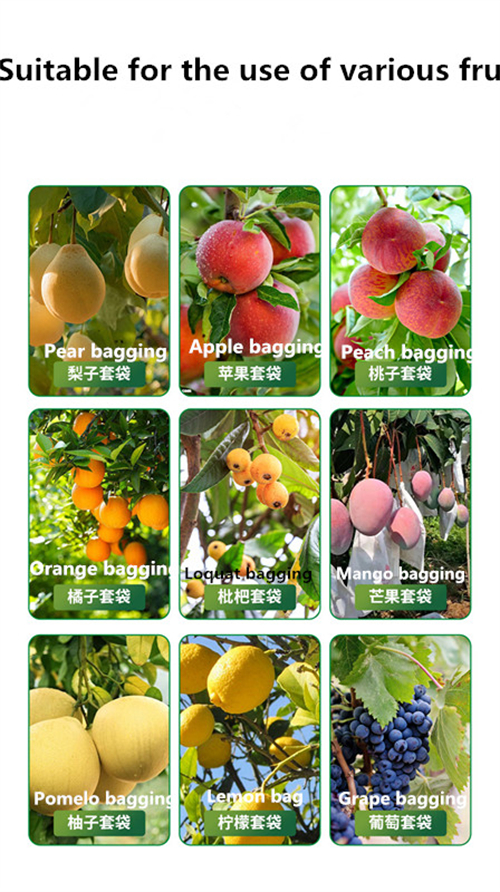Pro . 13, 2024 16:46 Back to list
china sweet cherry pollen compatibility
China Sweet Cherry Pollen Compatibility Exploring the Key to Successful Cherry Cultivation
Sweet cherries (Prunus avium) are celebrated not only for their delightful taste but also for their economic significance in global agriculture. In China, the cultivation of sweet cherries has witnessed a remarkable surge, driven by both domestic demand and international market opportunities. A crucial aspect of successful cherry production lies in the understanding of pollen compatibility, which influences fruit set and overall yield. This article delves into the concept of pollen compatibility in sweet cherries, with a spotlight on practices and considerations relevant to Chinese cherry growers.
Understanding Pollen Compatibility
Pollen compatibility refers to the ability of pollen from one cherry variety to fertilize the ovules of another. This phenomenon is typically categorized into self-compatibility and cross-compatibility. Self-compatible varieties can produce fruit without needing pollen from another tree, while self-incompatible varieties require cross-pollination with compatible partners to set fruit.
In sweet cherries, most cultivars are self-incompatible, necessitating the presence of compatible pollen sources within proximity for optimal fruit production. This requirement poses an important consideration for orchard planning and variety selection in commercial cherry cultivation.
The Role of Pollinators
Pollinators, especially bees, play an essential role in the fertilization process of sweet cherries. As pollinators move from flower to flower, they facilitate the transfer of pollen between compatible varieties, which enhances pollination success and ultimately leads to fruit development. In China, the management of bee populations and other pollinators during the cherry blooming period is crucial. Beekeepers often collaborate with cherry growers to ensure adequate pollination services during peak flowering times.
Key Varieties and Their Compatibility
In China, some of the most popular sweet cherry varieties include 'Bing,' 'Rainier,' and 'Lapins.' Each variety exhibits different levels of self-compatibility and cross-compatibility. For instance
- 'Bing' While this variety is noted for its high-quality fruit, it is self-incompatible and thrives when pollinated by other varieties such as 'Lapins' or 'Stella.' - 'Rainier' Known for its unique flavor and color, 'Rainier' requires cross-pollination. It is compatible with 'Bing' and 'Stella,' making these varieties good partners in an orchard.
china sweet cherry pollen compatibility

- 'Lapins' This variety has gained popularity due to its self-fertility
. However, while it can set fruit with its own pollen, it still benefits from the presence of other compatible varieties to maximize yield.Growers must carefully consider which varieties to plant together, creating a harmonious orchard that ensures compatibility and enhances fruit production.
Implications for Orchard Management
To optimize cherry production, orchard management practices must account for pollen compatibility. Here are some key strategies
1. Diverse Planting By planting a mix of compatible sweet cherry varieties, growers can enhance cross-pollination opportunities. A diverse orchard minimizes the risks associated with relying on a single variety.
2. Strategic Layout The physical arrangement of cherry trees plays a vital role in facilitating pollination. Positioning compatible varieties close together ensures that pollinators can easily transfer pollen between them.
3. Monitoring Pollinator Activity Observing pollinator populations and activity is essential during the blooming phase. Beekeepers should ensure that sufficient colonies are present to promote effective pollination.
4. Cultivar Selection When selecting varieties, farmers should prioritize those with proven compatibility with other plants in the area, as well as those well-suited to local climatic conditions.
Conclusion
The concept of pollen compatibility in sweet cherries is a linchpin for successful cultivation in China. By understanding the relationships between different cherry varieties and their compatibility, growers can significantly enhance fruit yields and quality. With careful planning, strategic planting, and effective management of pollinators, cherry orchards can thrive and meet the growing demands of both domestic and international markets. As the cherry industry continues to develop in China, fostering knowledge about pollen compatibility will remain imperative for growers aiming to cultivate the sweetest, most succulent cherries possible.
-
Artificial Pollination Solutions for Pear Trees Auxiliary Pollination Services & Pricelist
NewsJun.10,2025
-
Bagging Paper Bag for Fruit - Wholesale Suppliers & Manufacturers for Fruit Factories
NewsJun.10,2025
-
Premium Apple Birch Tree Pollen Suppliers Quality Exporters
NewsJun.09,2025
-
Lorado Pollen Suppliers Pure Apricot Flower Pollen Collection
NewsJun.09,2025
-
Premium Mulberry Pollen Natural Source for Bee Health & Nutrition
NewsJun.09,2025
-
Optimize Cross Pollination Functions Top Manufacturers & Suppliers
NewsJun.09,2025